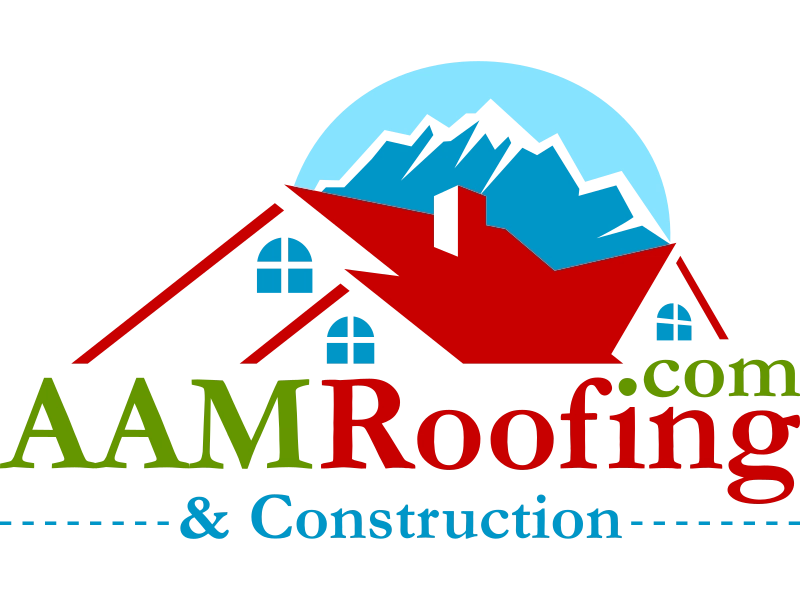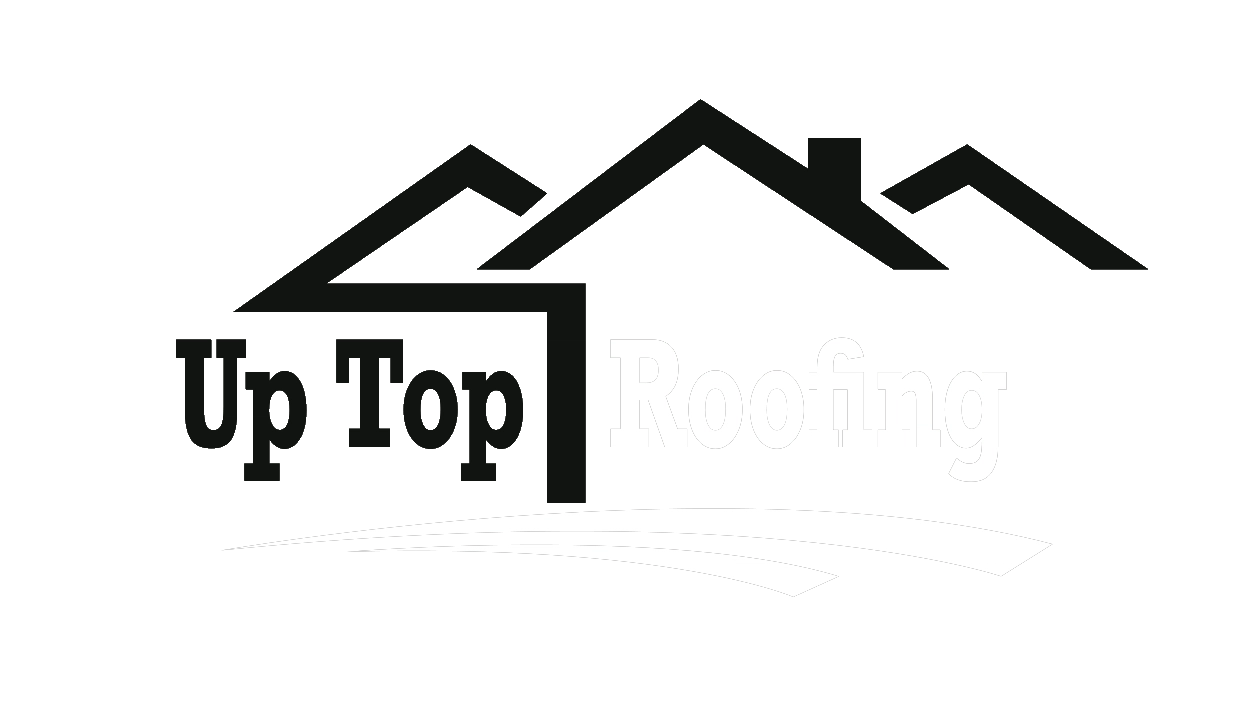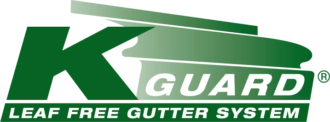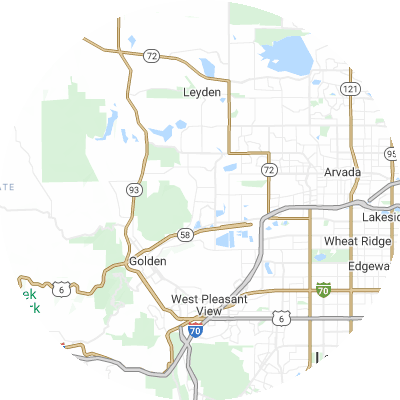Signs You May Need Gutter Guards
Gutter guards aren’t always needed, but the signs of blocked and overflowing gutters are clear. Signals of chronic gutter issues include:
- Frequent clogs that lead to overflow and water spilling over gutters
- Visibly saggy, damaged, or misaligned gutters that no longer correctly direct rainwater
- Leaky joints or seams where water leaks from the gutters
- Soggy ground or visible erosion patterns around your house's foundation
- Mold growth, interior wall stains, or peeling exterior paint on walls near gutters.
How To Choose a Gutter Guard Installer
Assess Their Experience
The right installation company will have extensive experience, including multiple years in business and experience with various brands and models. Experienced companies can properly measure and install gutter guards to meet your distinct needs. Ask how long a company has been performing installations and request referrals from local customers.
Verify Proper Licensing and Insurance
When contacting potential installation providers, always verify that they are licensed, bonded, and insured with both general liability and workers compensation policies. This protects you if any injuries or accidents happen. Ask for current licensing and insurance papers from potential providers.
Choose Reputable Brands
Look for leading gutter guard brands such as Gutter Helmet and LeafFilter when selecting an installer. Avoid off-brand or generic no-name guards, which likely lack thorough testing.
Seek Custom Fit Services
Your guards should be custom fitted on location to match your gutters. Pick a company that custom measures and trims guards for your house rather than using one-size-fits-all guards. Guards fitted for your home leave no gaps for debris accumulation.
Examine Warranties
Top gutter guard installers normally offer 20-year or lifetime warranties protecting against rust, clogs, leaks, and other issues. Before choosing a company, thoroughly review the warranty terms for both materials and workmanship guarantees. Warranties are the most effective way to safeguard your investment into your gutters.
Check Reviews and Referrals
Be sure to check online reviews on the Better Business Bureau (BBB), Yelp, Google Reviews, and other review sites to read about customer experiences. Ask neighbors for recommendations of quality local gutter guard companies. When researching providers, we'd recommend opting for companies with consistent positive feedback instead of just one or two reviews.
Types of Gutter Guards
There are six primary gutter guard types. These include the following:
- Foam guards are large pieces of foam that are placed in your gutters to catch debris. They're lightweight and easy to install. Foam guards cost roughly $2.46 per linear foot.
- Brush guards are just what they sound like: large brush bristles that sit in your gutters to catch debris while letting water through. Brush guards cost around $4.05 per linear foot.
- Screen guards have large holes that let water through while keeping debris out. Screen guards cost around $4.42 per linear foot.
- Mesh guards stop debris but let water through. Mesh guards have even smaller holes than screen guards. They're durable and encourage debris to slide off rather than sitting on top of your gutters. On average, you can expect to spend $4.16 per linear foot for mesh guards.
- Micro-mesh guards have even smaller holes than mesh guards and let even less debris into your gutters than mesh. These guards are very effective. On average, you can expect to pay $5.23 per linear foot for micro-mesh guards.
- Surface tension guards, also called reverse curve guards, use surface tension to let water flow into gutter system while debris slides off. Typically, they are visible from the ground. On average, you can expect to spend $3.25 per linear foot for surface tension guards.












